☑️Day 8: Hands-On Practice with Essential Linux Commands
 Kedar Pattanshetti
Kedar Pattanshetti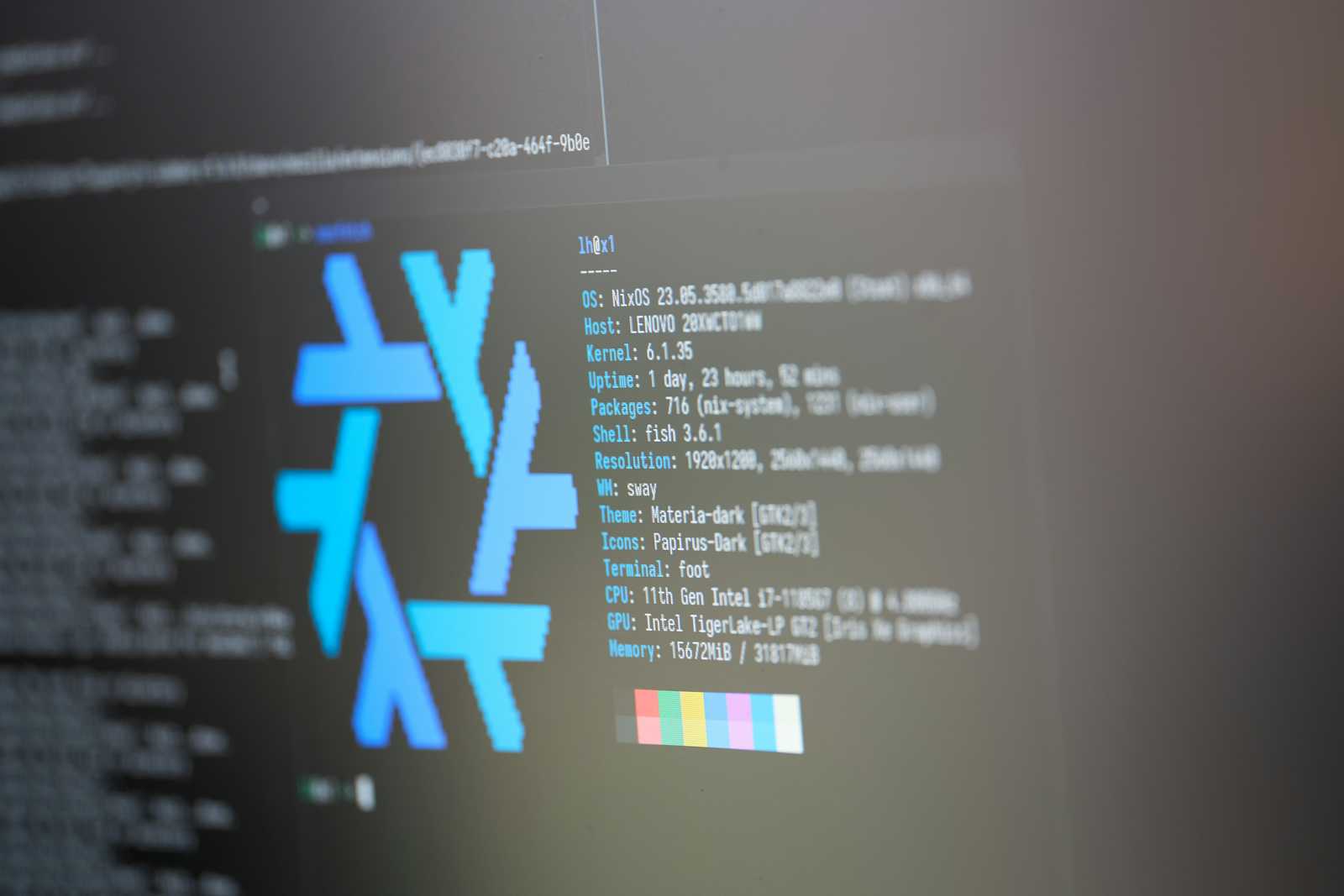
Hello DevOps Enthusiasts,
As I progress through Day 8 of my DevOps journey, I’m realizing more than ever how critical Linux is to a DevOps engineer's daily tasks. From managing files and permissions to understanding the concept of users and efficiently navigating the file system, the power of Linux commands cannot be overstated.
Today, I’m focusing on key concepts like users, file paths, permissions, and some essential commands to streamline system management. If you want to level up your Linux skills, I encourage you to spend a productive hour practicing these commands.
✅Understanding Linux Users
Linux users play a vital role in system security and task execution. Here's a breakdown of the types of users in Linux:
Regular User: The standard, non-admin user with limited permissions.
Root User: The "superuser" with full control over the system, capable of running any command.
Service User: Accounts created for services (like
www-datafor web servers) that help run specific tasks without granting broad system access.
✅Absolute vs. Relative Paths
Navigating the Linux file system can be done using either absolute or relative paths:
Absolute Path: The full path from the root
/. For example,/home/kedar/projects.Relative Path: Refers to the path relative to the current directory. For example, if you are in
/home/kedar, runningcd projectsmoves you to/home/kedar/projects.
✅User Permissions: Read, Write, Execute
In Linux, every file and directory has three types of permissions:
Read (r): Allows a user to view the contents of a file.
Write (w): Grants permission to modify a file.
Execute (x): Allows a user to run a file as a program or script.
To see file permissions, use the ls -l command. The output will look like this:
-rwxr-xr--
The first set of characters indicates the permissions for the owner, group, and others.
✅Using chmod for Permission Changes
You can modify file permissions using the chmod command. Here's an example:
chmod 755 my_script.sh
This gives the owner full permissions (read, write, execute), while the group and others get only read and execute permissions.
✅Essential Linux Commands to Practice
Now let’s dive into the key commands that will improve your system management skills:
cp: Copies files or directories.- Example:
cp source.txt destination.txtto copy a file.
- Example:
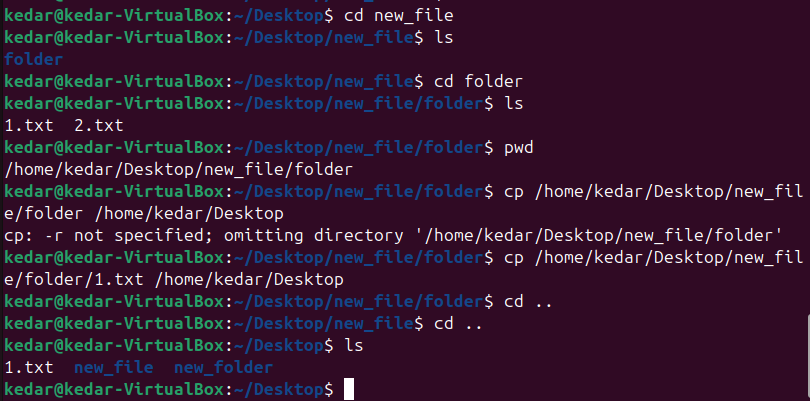
mv: Moves or renames files.- Example:
mv file.txt /home/user/to move a file.
- Example:
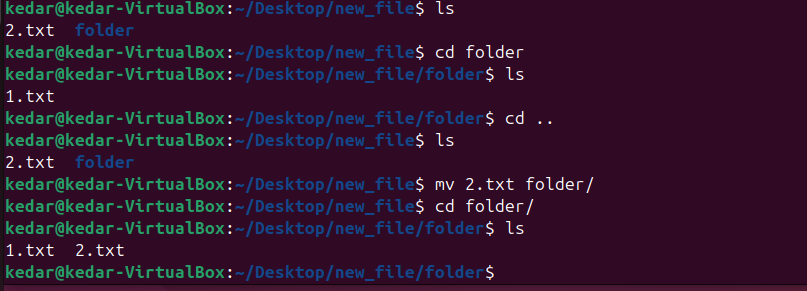
touch: Creates an empty file or updates the timestamp.- Example:
touch newfile.txtto create a new file.
- Example:
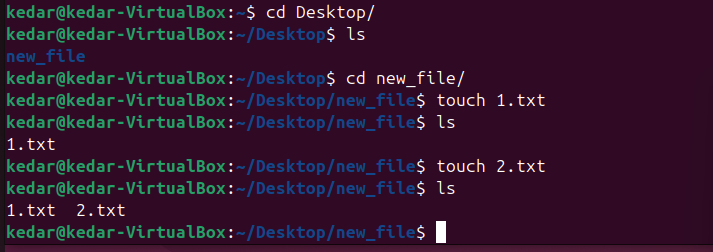
ls -R: Recursively lists all files and directories.- Example:
ls -Rto see everything under the current directory.
- Example:
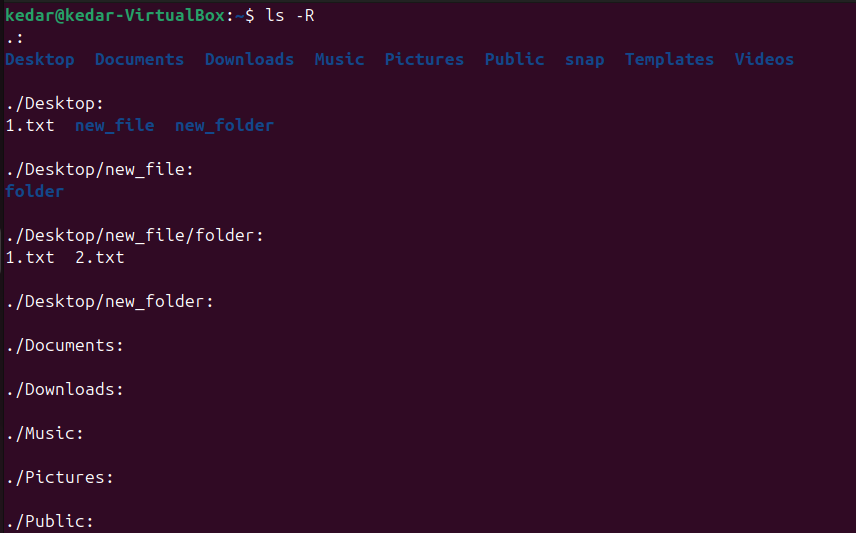
history: Displays the command history for your session.- Example:
history | grep chmodto find pastchmodcommands.
- Example:
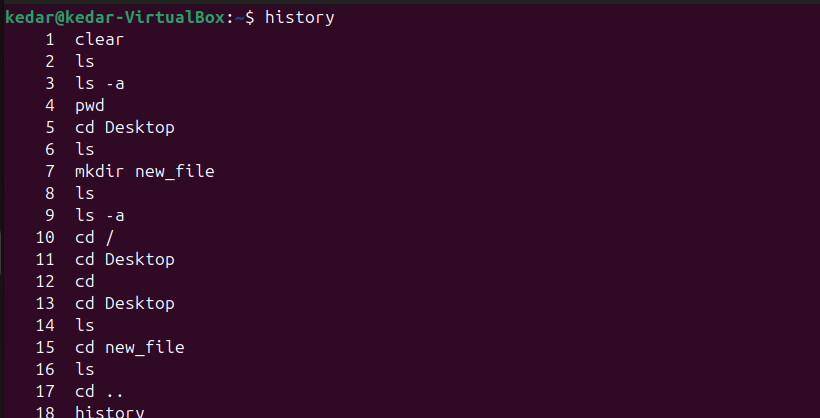
sudo: Run commands with root privileges.- Example:
sudo apt-get updateto update packages with admin rights.
- Example:
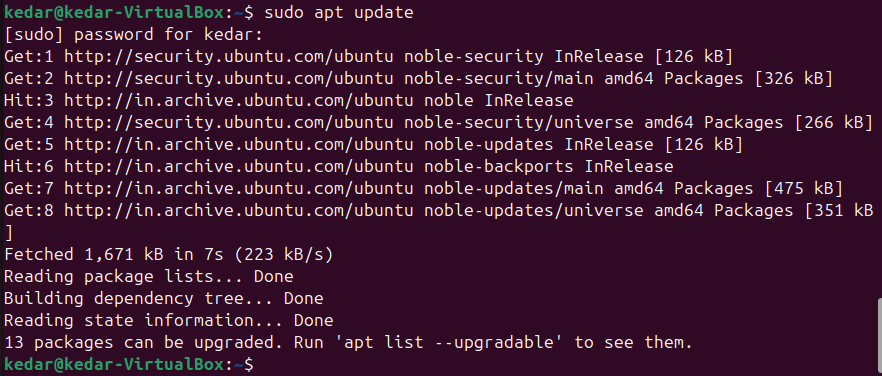
kill: Terminates processes using their process ID (PID).- Example:
kill 1234to kill a process with PID 1234.
- Example:
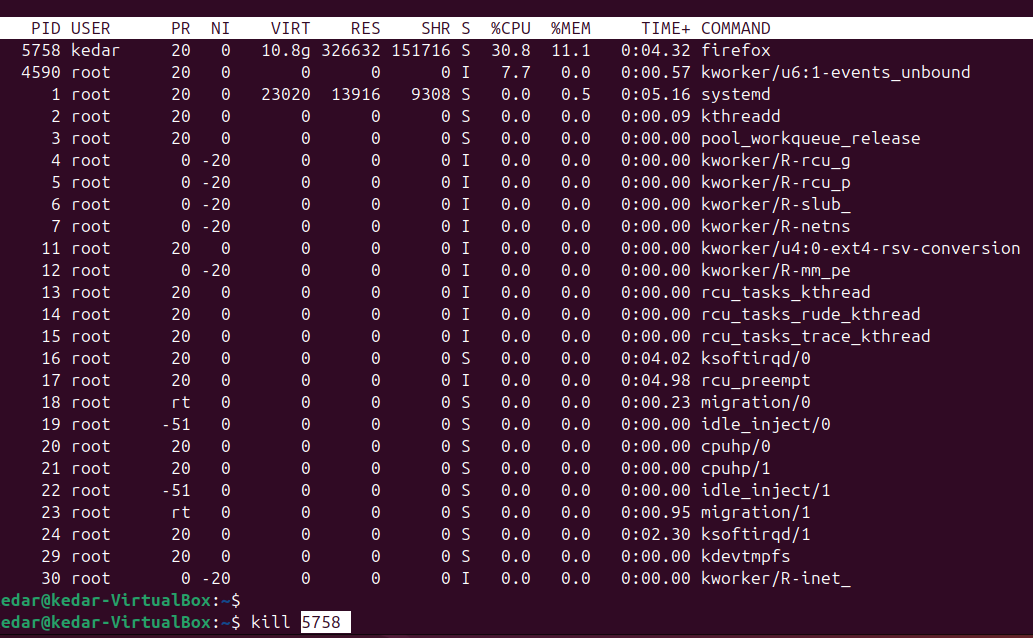
ps: Displays active processes.- Example:
ps -ato list all active processes from all users.
- Example:

top: Provides a real-time view of system processes and resource usage.- Example: Just type
topand watch the system resources dynamically update.
- Example: Just type
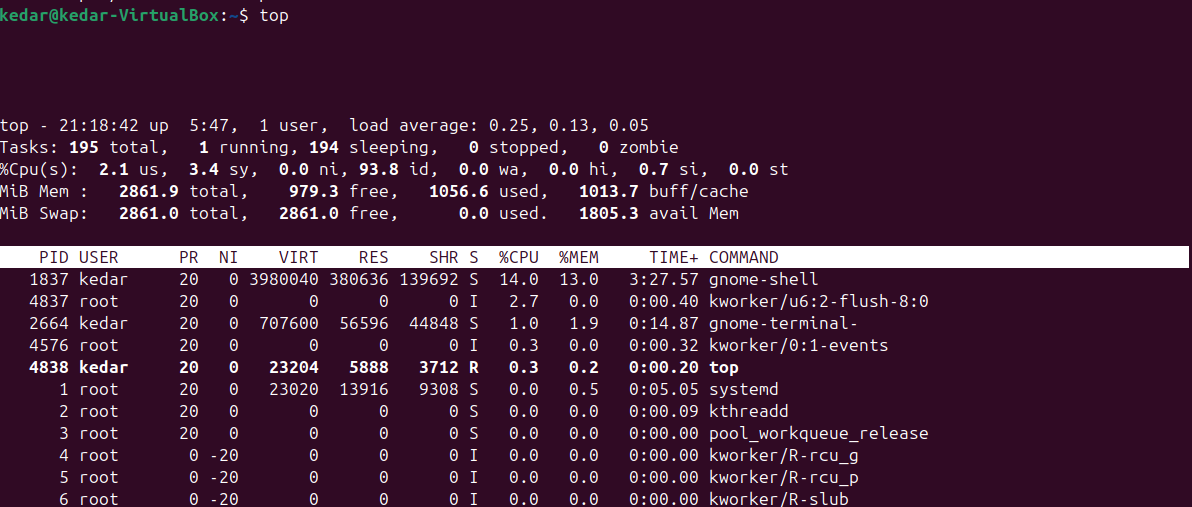
✅Why These Commands Matter in DevOps
For a DevOps engineer, efficient management of files, permissions, and processes is essential. Whether you’re managing servers, setting up CI/CD pipelines, or automating scripts, knowing how to navigate and control a Linux system is key to success.
By mastering these commands, you’ll:
Improve system security by controlling file permissions.
Be able to troubleshoot and kill unresponsive processes.
Save time by efficiently navigating through directories and managing files.
🚀Stay tuned for more updates on my DevOps journey! 📅
Feel free to reach out to me if you have any questions or need any more help. Let’s connect, learn, and succeed together!
Thanks for joining me on Day 8 of this exciting journey. Let’s keep leveling up our skills, one productive hour at a time!
Happy Learning!😊
#90DaysOfDevOps
Subscribe to my newsletter
Read articles from Kedar Pattanshetti directly inside your inbox. Subscribe to the newsletter, and don't miss out.
Written by
